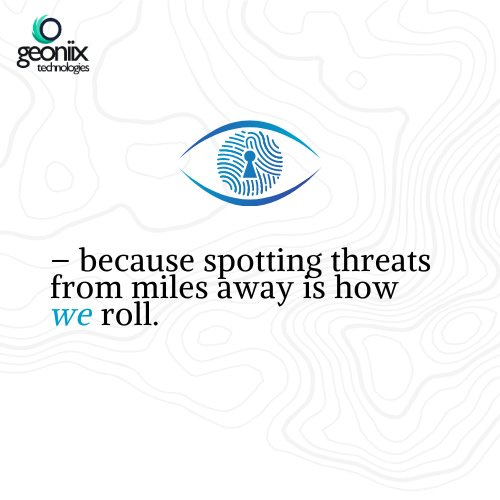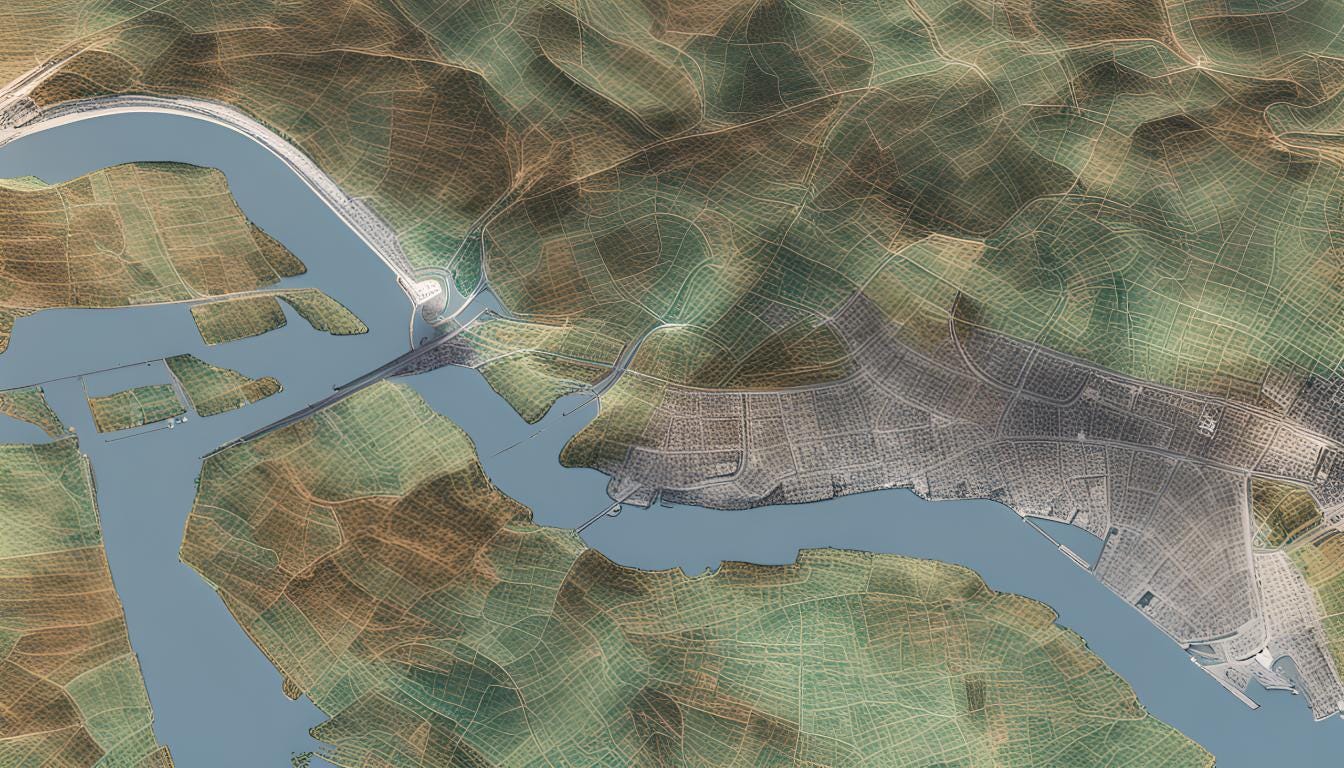Technical Guide: Essential File Types for Processing LiDAR Data
When dealing with LiDAR (Light Detection and Ranging) data, selecting the appropriate file formats is critical to the efficiency and accuracy of data processing workflows. LiDAR data, typically captured in the form of dense point clouds, requires specific file types to handle its large volumes and complex structure.
This article provides an overview of the essential file formats used in LiDAR processing, detailing their roles and technical attributes to help optimize your data management and analysis tasks.
LAS/LAZ Files: The Standard LiDAR Formats
LAS (LASer) files are the industry-standard format for storing LiDAR point cloud data. These files are uncompressed and contain detailed information about each point, including coordinates (X, Y, Z), intensity, and classification.
LAZ is the compressed version of LAS files. LAZ files are smaller in size, making them easier to store and share without losing any data quality.
Both LAS and LAZ files are widely supported by LiDAR processing software, making them the go-to formats for most applications.
DEM Files: Digital Elevation Models
DEM (Digital Elevation Model) files represent the Earth's surface and are created from LiDAR point clouds. These raster files contain elevation data, which is essential for creating topographic maps, flood modeling, and other geographical analyses.
DEMs are often used in conjunction with other data layers to provide a comprehensive view of the terrain.
ASCII Files: Simple Text Format
ASCII files are text-based formats that can store LiDAR data in a human-readable form. Each line in an ASCII file typically represents a point in the point cloud, with values separated by spaces or commas.
While not as efficient as LAS or LAZ files, ASCII files are easy to understand and can be edited manually, making them useful for small datasets or simple tasks.
GeoTIFF Files: Georeferenced Raster Data
GeoTIFF is a widely used raster format that includes georeferencing information, allowing the data to be accurately placed on a map. In LiDAR processing, GeoTIFF files are often used to store derived products like DEMs, intensity images, or canopy height models.
GeoTIFF files are compatible with most GIS (Geographic Information System) software, making them an essential format for spatial analysis.
Shapefiles: Vector Data for GIS
Shapefiles are a common vector format used in GIS applications. While they don’t store LiDAR point clouds directly, they are often used in LiDAR workflows to define areas of interest, classify points, or overlay vector data like roads and boundaries.
Shapefiles consist of multiple files (.shp, .shx, .dbf) that work together to represent geographic features and their attributes.
E57 Files: Versatile 3D Data
E57 is a flexible format for storing 3D data, including LiDAR point clouds, images, and metadata. It supports multiple coordinate systems and can handle both structured and unstructured point clouds, making it a versatile option for complex LiDAR projects.
E57 files are particularly useful when working with large datasets or integrating LiDAR data with other 3D data sources.
PTX Files: Point Cloud Exchange
PTX files are commonly used for exporting and exchanging LiDAR point clouds between different software platforms. They store data in a structured grid format, which can be useful for certain types of analysis and visualization.
While not as widely used as LAS or LAZ files, PTX files are a good option when interoperability is key.
Understanding these essential file types is the first step in effectively processing and analyzing LiDAR data. Whether you’re working with point clouds, elevation models, or geospatial data, knowing which file format to use—and when—can save you time and improve the quality of your results.




